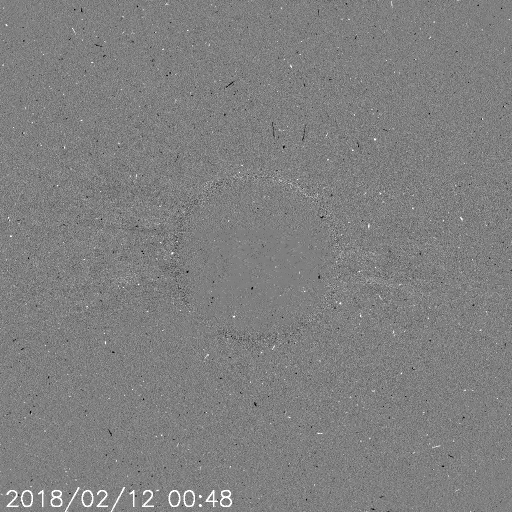OF THE
TIMES
A nation that continues year after year to spend more money on military defense than on programs of social uplift is approaching spiritual doom.
Cause the mushrooms are better in the mountains...
Oh look, rock chips. Must be proof that rocks chip.
What did the dogs see in that infant? Besides breakfast I mean. Animals have much keener senses than we do, so I wonder what they sensed about the...
Most of what is being spun and done at this time defies logic, they sprayed the crap out of us in Victoria BC Canada today and most of the west...
Flashing lights and a loud noise? Sounds like the arrival of the Terminator in our time period.
To submit an article for publication, see our Submission Guidelines
Reader comments do not necessarily reflect the views of the volunteers, editors, and directors of SOTT.net or the Quantum Future Group.
Some icons on this site were created by: Afterglow, Aha-Soft, AntialiasFactory, artdesigner.lv, Artura, DailyOverview, Everaldo, GraphicsFuel, IconFactory, Iconka, IconShock, Icons-Land, i-love-icons, KDE-look.org, Klukeart, mugenb16, Map Icons Collection, PetshopBoxStudio, VisualPharm, wbeiruti, WebIconset
Powered by PikaJS 🐁 and In·Site
Original content © 2002-2024 by Sott.net/Signs of the Times. See: FAIR USE NOTICE

Reader Comments
Solar Eclipse and Chinese New Year Feb 15!!